The Best And Worst Penguin Moments In The Batman Ranked
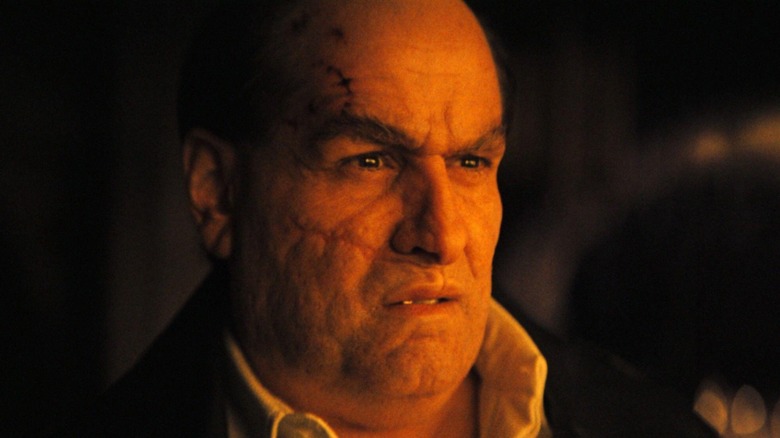
"The Batman" trailer dropped when the world needed it: August 2020. Six months of a pandemic state marked by casualties, Zoom meetings, and poorly thought through singalongs had many at their wit's end. That made the first look at Matt Reeves' "Batman" weirdly hopeful. Here was a grimdark movie that looked excellent, and better yet, that'd we'd get to see in theaters. It was a reason for theaters to exist post-COVID. And while COVID isn't over, "The Batman" is finally out — and Colin Farrell steals its show.
Did you forget that Colin Farrell's in "The Batman?" He was in that first trailer. And though the Irish character actor in heartthrob's clothing is unrecognizable as Oswald Cobblepot (aka the Penguin), it is an absolute boon that we get to see him scowl on the big screen.
As written by Matt Reeves and Peter Craig, Oswald is the sharpest stooge in the room. His pronounced limp betrays his ever-sprinting mind, and his hulking appearance conceals a man both wounded and striving for glory. Farrell lets us see that swaggering social climber underneath his every movement. He's one of the film's best elements, and there's lots to love and loathe about him.
Here are the best and worst things the Penguin does in 'The Batman," ranked.
Best: Tells The Truth
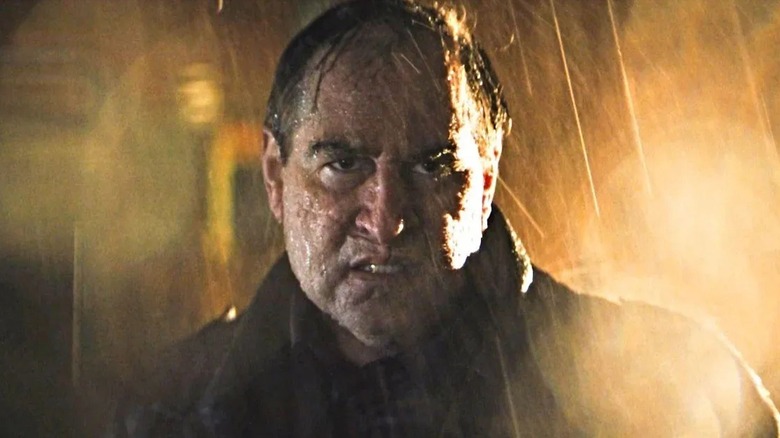
Rare is the honest criminal. Even lovable rogue Danny Ocean lies about being a thief in "Ocean's Eleven." Every ne'er-do-well on the wrong side of the law has crossed a line, and the truth is often so far across that line that it's deeply foreign territory — but not for Oswald Cobblepot.
Does Oswald ever lie in Matt Reeves' "The Batman?" He certainly obfuscates when he quickly claims that he never saw Annika (Hana Hrzic) at The Iceberg Lounge or confirms that Mayor Mitchell (Rupert Penry-Jones) was her company. Yet, it's clear in later sequences that Oswald cannot keep track of who does frequent The Iceberg Lounge, much less the seedy 44 Below. Most fascinatingly, the audiotape of Annika's murder does not contain the Penguin's voice, and her body winds up in Kenzie's (Peter McDonald) trunk, not his. Likely, he didn't know her.
More radical honesty: Oswald isn't the rat. He claims from the film's first act to not have snitched on Salvator Maroni or his labyrinthine criminal empire, and his words prove verifiable. When Carmine Falcone (John Turturro) takes a bullet in the head, Oswald is quick to scream, "I didn't shoot!"
Oswald weaponizes honesty. His transparency makes him easy to pin down but too valuable to put away. He is the first thug Batman confronts, he is so emboldened by his business and how he conducts it that he's the last major crime goon to fall. He's still standing at the end of "The Batman." For Oswald Cobblepot, the truth sets — and keeps — him free.
Worst: Gives In To Drugs
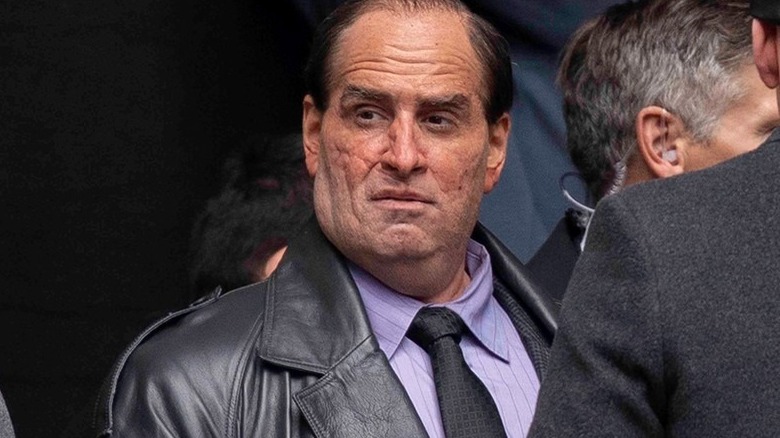
Oswald Cobblepot isn't undone by drugs so much as bruised by them. He isn't a user, and he shows zero passion for their production, treating a mid-movie "Drops" deal as merely transactional. What Cobblepot craves is power and, beyond that, the respect it buys. Drugs are merely currency.
The issue for Oswald is that money talks — and he lets it. When Batman (Robert Pattinson) interrogates the Penguin at The Iceberg Lounge, he hands Selena (Zoë Kravitz) some Drops in plain sight. It's at the drug deal mentioned above that Oswald is cornered and eventually apprehended. On closer examination, there's an argument to be made that drugs are the bitter root of Oswald's every problem and the catalyst for Falcone's hostile takeover of Salvatore Maroni's business and territory.
Cobblepot has a chance to be a different kind of crime lord than his stately drug-focused predecessors. "The Batman" ends with Gotham underwater and a power vacuum in its criminal community. Who's free to fill it? The Penguin. In one of the movie's final shots, the sun rises on Oswald as he stares over the city, a (likely) King of crime on his throne. Kings dictate trade and commerce. We will see what Oswald's intentions are soon enough.
Best: Speaks Spanish
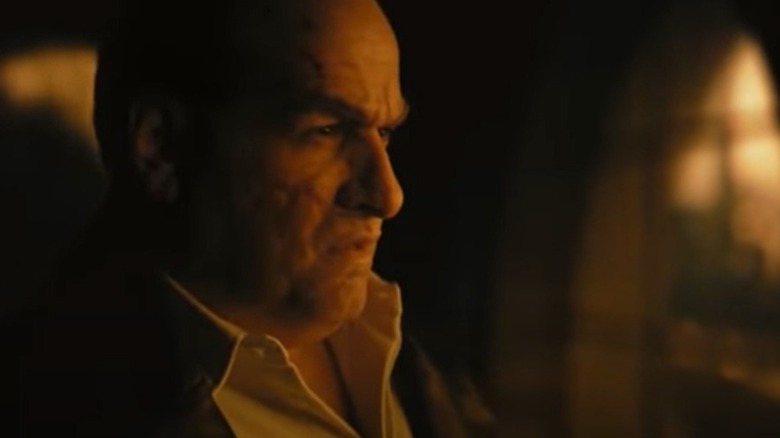
There are many hints that the Penguin is a worldly criminal. From his classy suits to the domiciles we see him occupy, he displays a passion for finer things throughout "The Batman." And in a funny, plot-shifting sequence he reveals that he speaks Spanish.
Here's the setup: Batman and Gordon (Jeffrey Wright) have pegged Penguin as "el rata alada" ("the rat with wings") due to mounting evidence that he is the snitch who shifted Gotham's power balance. Penguin claims innocence, but Batman and Gordon ignore him until their utterance of "el rata alada" sends the hardened criminal into a fit of laughter. "La," he corrects them, "la, not el." For all their sterling detective work, Batman and Gordon have been interpreting Riddler's clue all wrong.
It's a great plot twist but, more importantly, it sees justice done. Penguin's correction of the Dark Knight's busted Spanish unlocks the clue which puts him on the path towards exposing and indicting Carmine Falcone. Riddler's endgame would likely have led there anyway, but there's no doubt that Penguin helps our heroes play catch up. As the explosive conclusion of "The Batman" makes clear, time is of the essence. Every second counts, and that makes Penguin's foreign language lesson one of his best moments.
Worst: Speaks His Mind
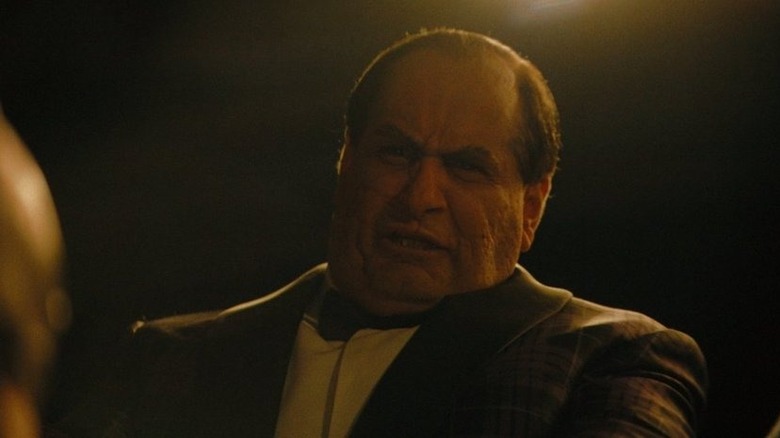
Real penguins are very noisy. Oswald Cobblepot, on the other hand, knows to hold his tongue. As realized in Matt Reeves' "The Batman," Oswald is an enforcer as much as he is a businessman and is as likely to speak with his fists as his mouth. Around Falcone, it's the former. But there's more on Cobblepot's mind than mere brawling, and when those thoughts of grandeur bleed through, trouble follows.
When Oswald lets his hubris get the best of him, Batman finds Annika. When Falcone insults him in front of Bruce Wayne and other brooding thugs, Oswald can't help but defend himself, catalyzing the chaos that eventually finds Carmine dead. The violence that brims within Oswald bears consequences, and even if it's well-intentioned — more a defense of Oswald's character than corrupt or ill-gotten gains — it encapsulates the vengeance-first attitude that Batman comes to abhor, and that makes it among Penguin's worst contributions to Gotham City.
Best: Waddles Away
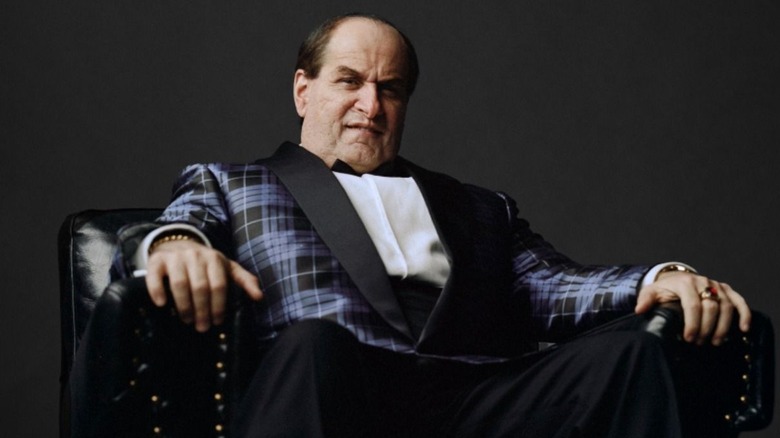
Some reviews of "The Batman" have implied that the film is more grounded and violent than Christopher Nolan's "Dark Knight" trilogy. While the latter's up for debate, the former seems almost ludicrous. What's incredible about Matt Reeves' movie is how it suddenly blooms into an almost gaudy comic book style that is as indebted to "Dick Tracy" as Tim Burton. This frequently manifests in Colin Farrell's Penguin. Look at the above photo. Is it not closer to Al Pacino's Big Boy Caprice than Eric Roberts' Sal Maroni?
That comparison becomes clearer during an interrogation sequence in which Penguin angrily waddles after Batman and Gordon. Yes. Waddles. Like a penguin. The moment is abjectly funny (it should be noted that, despite its unfair reputation for being humorless, there are many funny moments in "The Batman"). It's also one which cements the film's more playful aesthetics. Selena putting her cat on her motorcycle isn't an accident. The "thumb drive" joke isn't an accident. "The Batman" is an operatic work of comic book cinema that doesn't forget its comic book roots entirely. Penguin's contribution to this in-film canon is unmissable and vital.
Worst: Vehicular Manslaughter
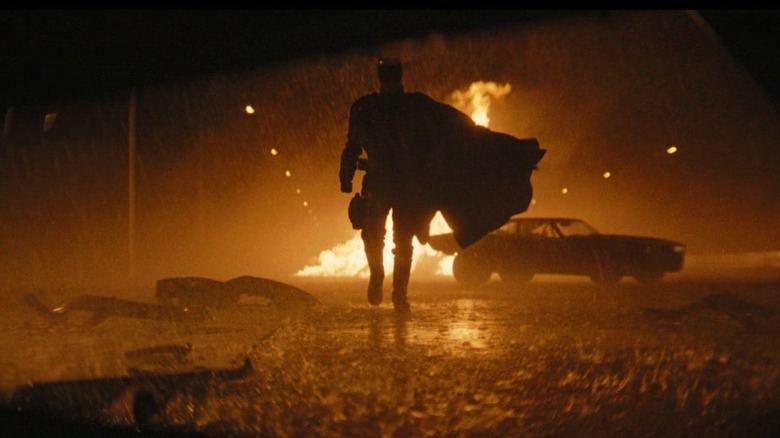
In 2016, the Marvel Cinematic Universe reckoned with the onscreen wreckage wrought by Zack Snyder. Three years prior, the director-cum-cultural-lightning-rod directed "Man of Steel," a film in which Superman and General Zod do ungodly amounts of damage to Metropolis in a climactic battle. The scene drew ire. Think pieces followed. And the MCU, either in a direct or tangential response to the controversy, centered the plot of "Captain America: Civil War" on mass casualties caused by superheroes. More Marvel climaxes took place at locales far from civilian life or at least paid closer attention to those in harm's way. Most of DC's subsequent output followed suit.
That all changes in "The Batman." In the film's operatic mid-point set-piece, the Penguin commandeers his employee's car and careens onto a Gotham City highway. Once there, he causes all manner of accidents and incidental violence in his attempt to escape the Dark Knight. That violence crescendos with a fiery wreck involving a fuel tanker and several other vehicles. It's an incredible scene.
However, in a departure from most recent superhero efforts, Penguin's extended hit-and-run isn't referenced after its occurrence — not during the interrogation that follows and not during the Gotham newscasts keeping tab of Riddler's murderous rampage. It's a strange oversight. For most of its run time, "The Batman" prides itself on examining noble and corrupt policing in equal measure. Gordon and Batman not mentioning Penguin's crime at a moment when it could provide their quest for justice leverage is a major oversight.
Best: Stays By Carmine Falcone's Side
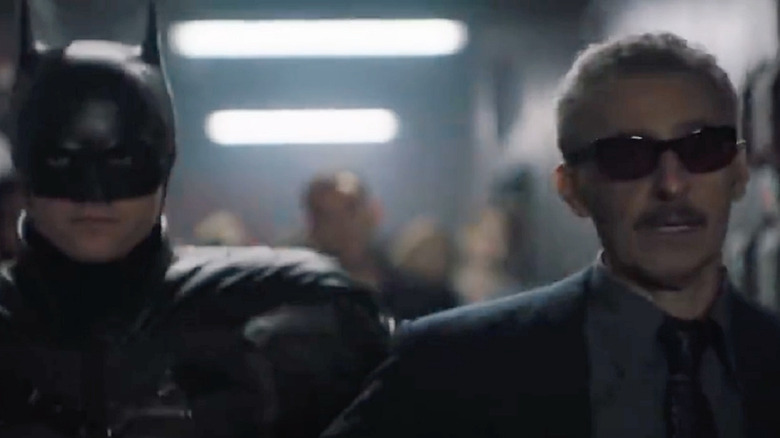
This one's a little complicated.
No, the Penguin doesn't technically stay by Carmine Falcone's side. Right before Falcone is shot, the Penguin draws his gun to end the man himself. On some level, Penguin's arc through "The Batman" is about separating from Carmine Falcone and becoming the man he always wanted to be. He must leave Falcone's side for that to happen.
That said, it is Penguin's place by Falcone's side that positions him to be the new crime kingpin of Gotham. That position provides him with information. It yields a certain amount of power. Both are enough to land Penguin right where he has to be to escape Riddler's rampage unscathed — in the custody of police officers who prevent him from killing Falcone and far from Gotham City Garden when it is flooded in an act of terrorism. Had Penguin struck out on his own earlier, he might have been easily foiled. His relative loyalty and physical closeness to Carmine Falcone keep Penguin and his quest for power afloat.
Worst: Has Limited Screen Time
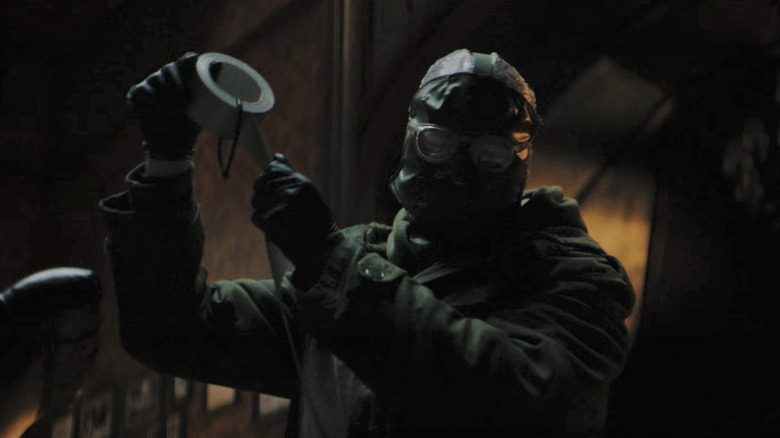
This one is more than a little complicated.
Penguin has an ideal amount of screen time in "The Batman." At times, the movie threatens to get overcrowded with both heroes and rogues, but Reeves and co-writer Peter Craig judiciously plot satisfying arcs for all of the film's characters. In many ways, "The Batman" seems like a comic trade paperback and an entire television series that's also a successful three-hour movie. So it's hard to quibble with Penguin's limited use in the film. "The Batman" finds a take on him and executes it memorably.
Hollywood's not a vacuum, and while it's regrettable that projects are announced in a manner favoring hype and chatter over artistic integrity, it's easy to see why Warner Brothers would reveal that there's a Penguin series coming. Farrell's work is incredibly compelling. The criminal underbelly of Gotham as realized in "The Batman" is colorful and intricate. Still, knowing this show is coming kneecaps Oswald Cobblepot's arc. Penguin's limited screentime seems to be an example of concise, evocative writing but, in light of the show's announcement, it feels like the character's appearance has been trimmed because more time is promised.
That's a tactic the Marvel Cinematic Universe has applied well and often, which is why it's disappointing to see it being employed in Matt Reeves' epic. There's so much about "The Batman" that feels antithetical to Marvel and Kevin Fiege's everlasting long game (and I say this as a fan). However, this and an incendiary cameo at the film's end seem to point to "The Batman" following Marvel's pattern.
It's not enough to completely take the shine off of Penguin as a character, but it does add a little smudge to his complicated portrayal.
Read this next: The 11 Coolest Easter Eggs In The Batman
The post The Best and Worst Penguin Moments in The Batman Ranked appeared first on /Film.
from /Film https://ift.tt/Ve7pM0S
No comments: